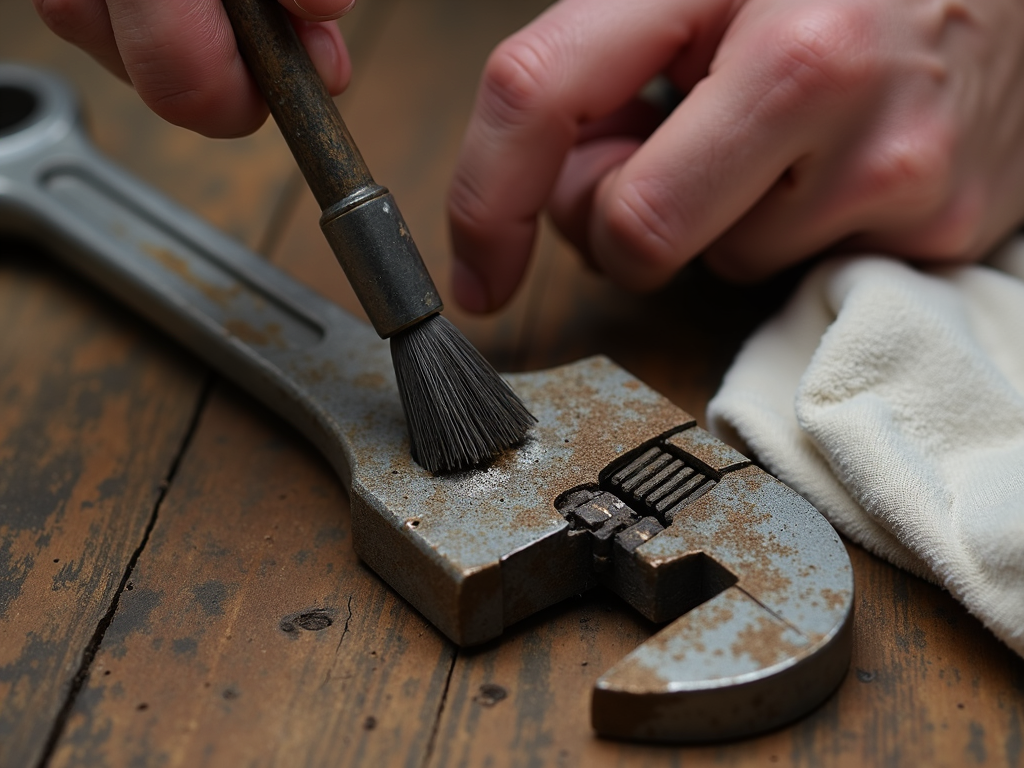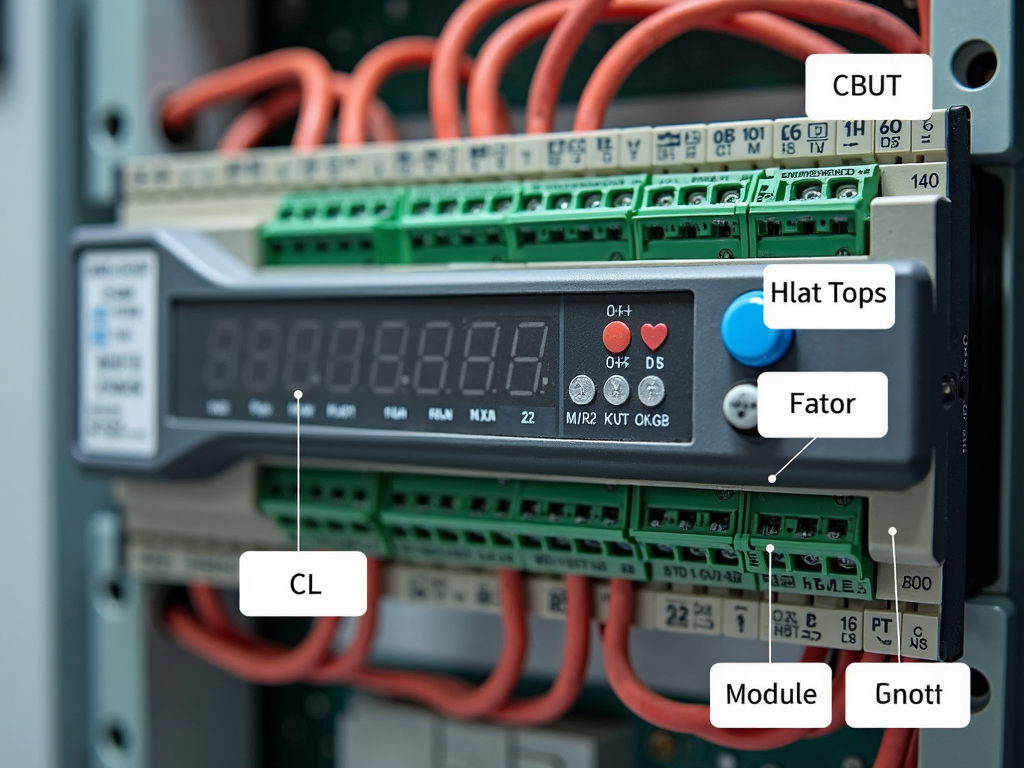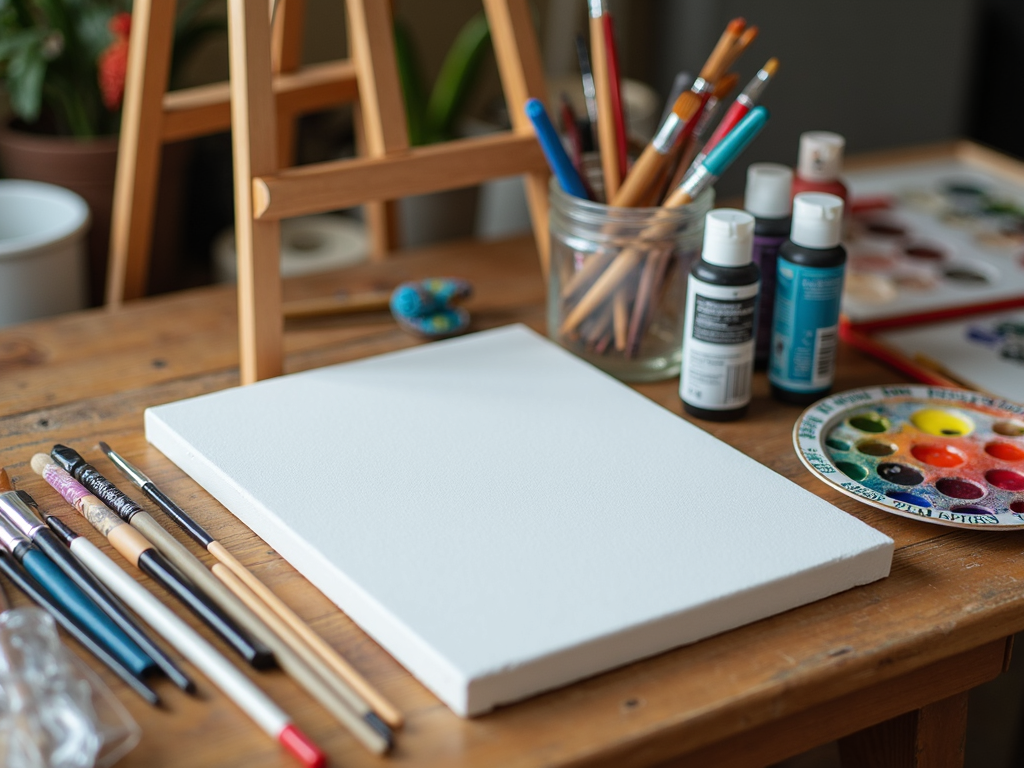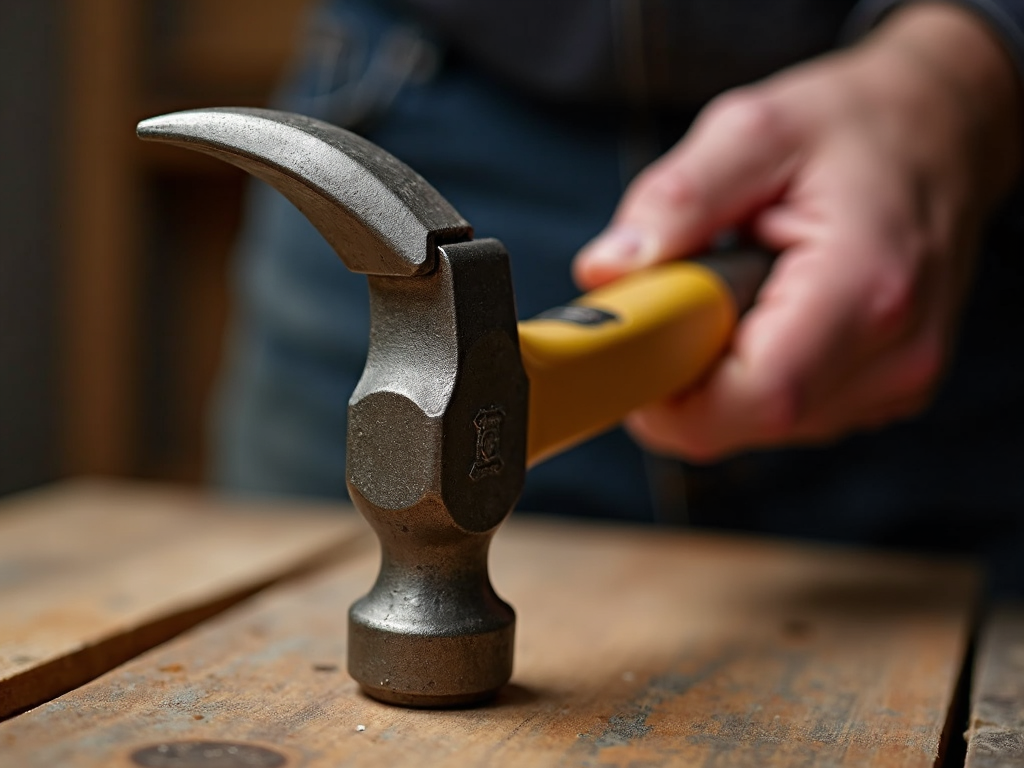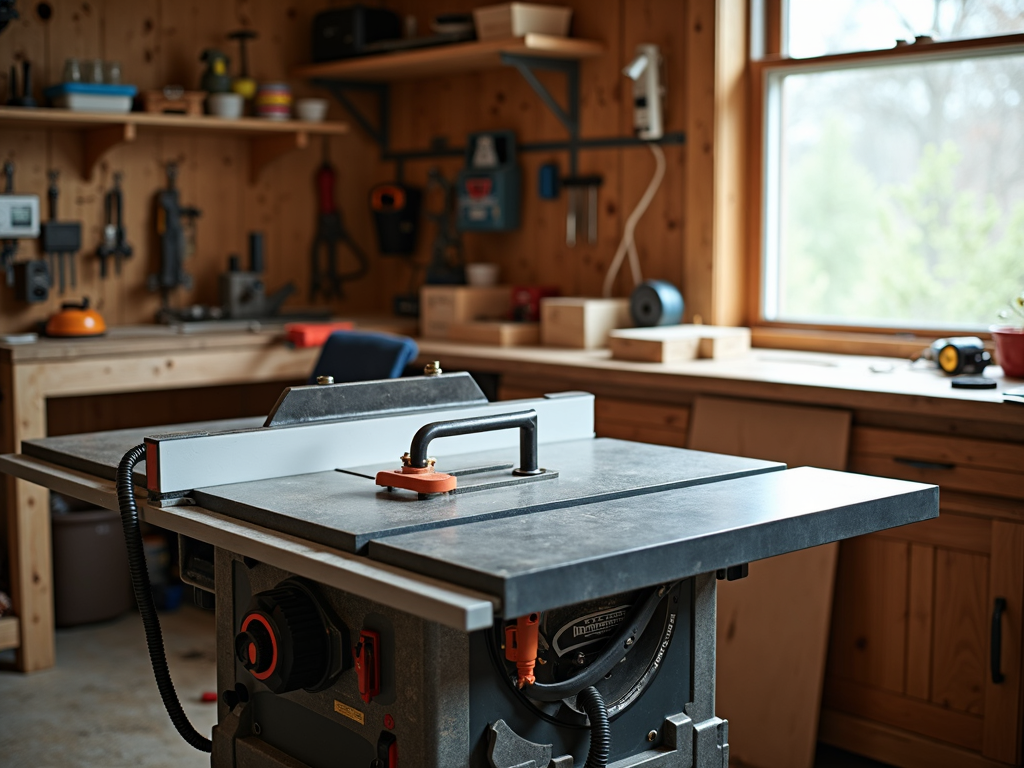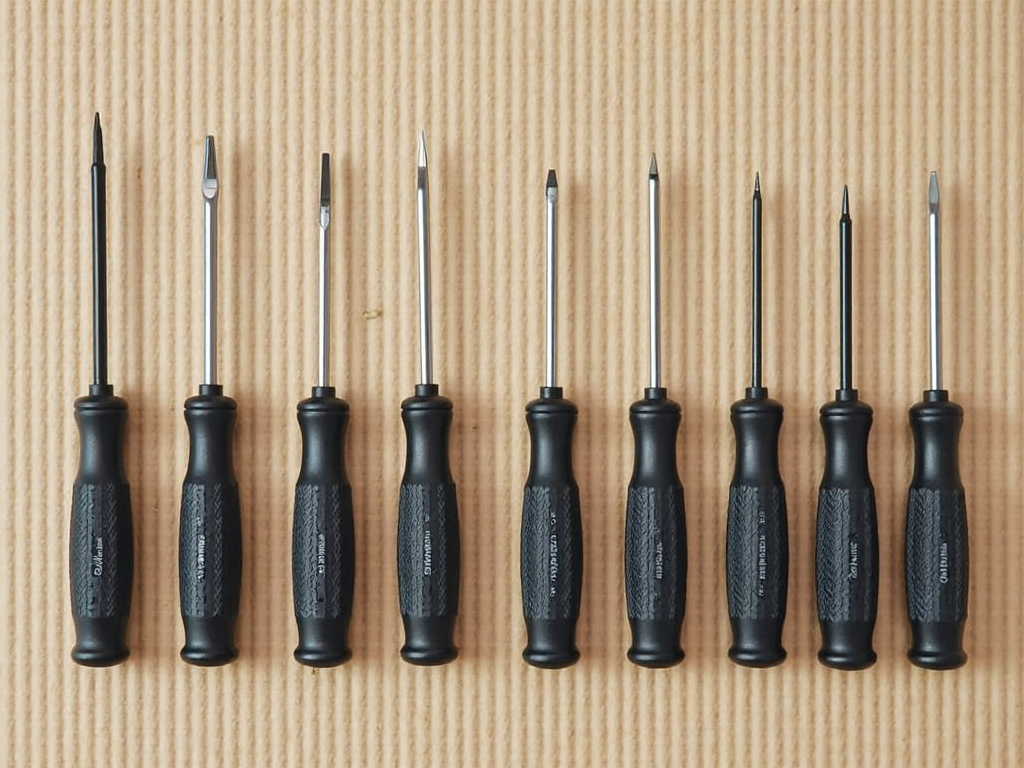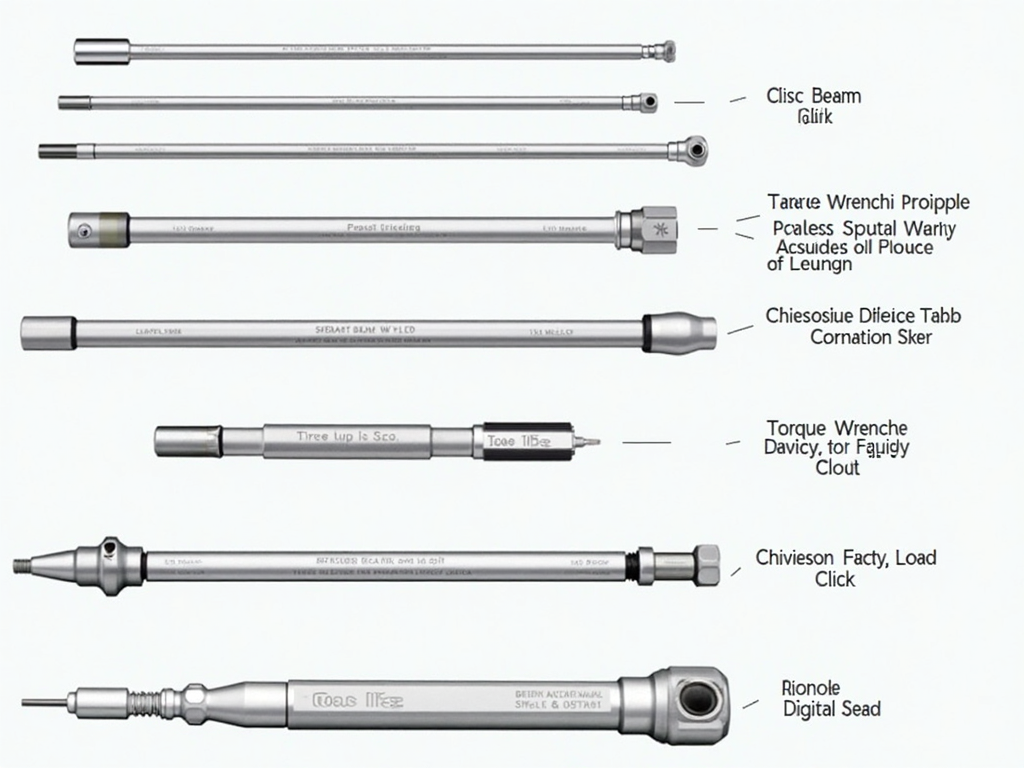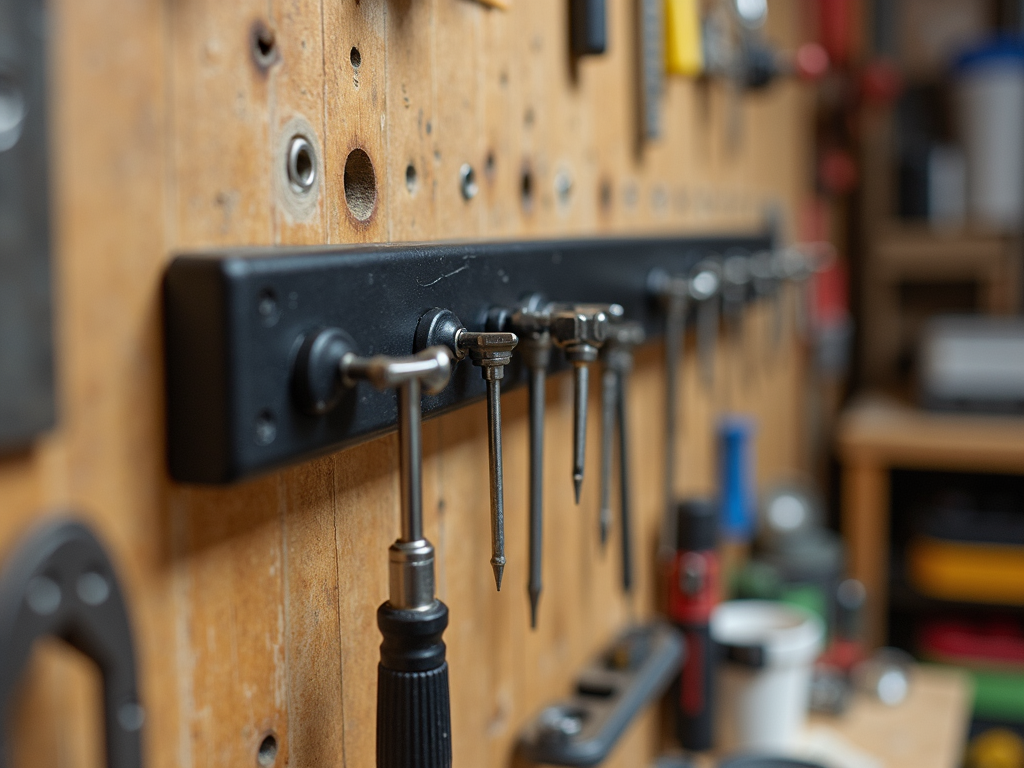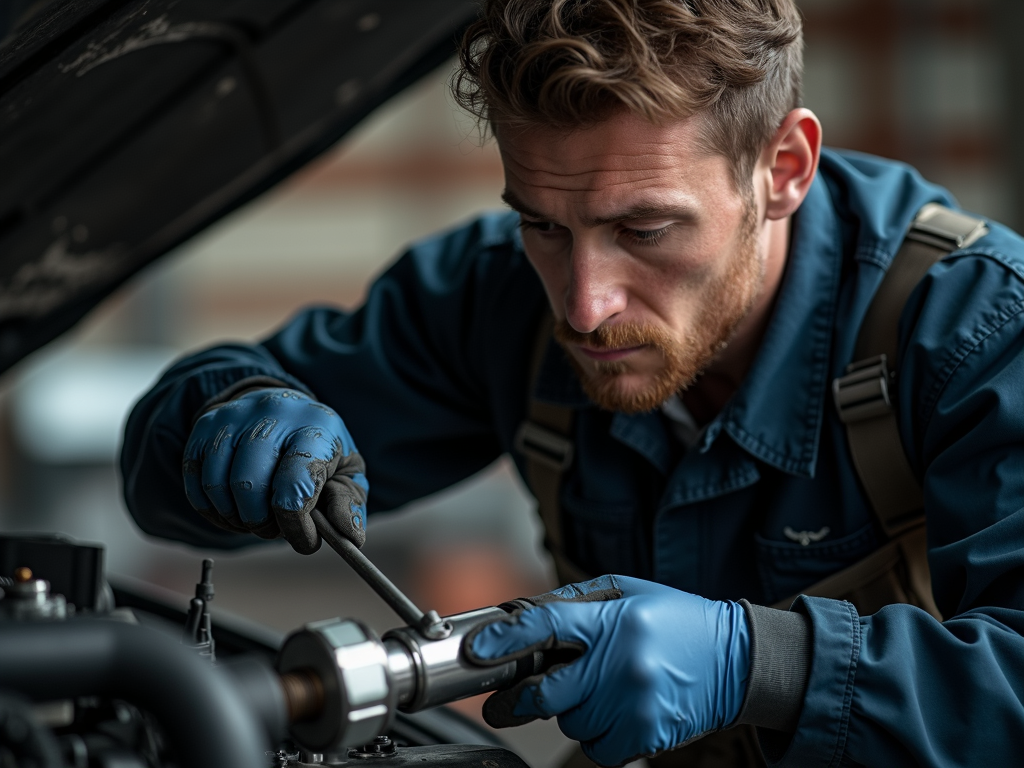Overview
Power tools are essential for any handyman, whether you're a beginner or an experienced DIY enthusiast. In this guide, we'll explore the must-have power tools that every beginner should know about, including drills, saws, and more. These tools will help you tackle a wide range of projects with confidence and efficiency.
Drills: The Versatile Workhorse
Drills are a staple in any handyman's toolkit. They're used for drilling holes and driving screws, making them indispensable for tasks like hanging shelves, assembling furniture, and even some light construction work.
There are several types of drills to choose from, each with its own strengths:
-
Corded Drills: These are powerful and reliable, perfect for heavy-duty tasks. However, they require a power outlet, which can limit mobility.
-
Cordless Drills: These offer greater portability and are ideal for working in tight spaces or outdoors. They're powered by rechargeable batteries, so you'll need to keep an eye on battery life.
-
Hammer Drills: These are designed for drilling into tough materials like concrete or masonry. They combine rotation with a hammering action to break through hard surfaces.
When choosing a drill, consider the type of projects you'll be working on most often. For general household tasks, a cordless drill is usually sufficient. If you anticipate working with harder materials, a hammer drill might be a better investment.

Saws: Cutting Through the Basics
Saws are crucial for any project that involves cutting materials like wood, metal, or plastic. There are several types of saws, each designed for specific tasks:
-
Circular Saws: These are versatile and can make straight cuts in a variety of materials. They're great for cutting large pieces of wood or plywood.
-
Jigsaws: These are ideal for making curved or intricate cuts. They're perfect for tasks like cutting out shapes or patterns in wood.
-
Reciprocating Saws: These are powerful tools used for demolition work or cutting through tough materials like metal pipes or tree branches.
When using saws, safety is paramount. Always wear protective gear like safety glasses and gloves, and make sure to follow the manufacturer's instructions for proper use.

Other Essential Power Tools
While drills and saws are fundamental, there are several other power tools that can make your projects easier and more efficient:
-
Sanders: These are used to smooth surfaces and remove old paint or finishes. They're essential for preparing wood for staining or painting.
-
Angle Grinders: These are versatile tools used for cutting, grinding, and polishing metal, stone, or concrete.
-
Nail Guns: These make quick work of nailing tasks, from framing to finishing work. They're much faster and more efficient than using a hammer.
-
Power Screwdrivers: These are great for tasks that require driving a lot of screws, like assembling furniture or installing drywall.
When building your toolkit, start with the basics and gradually add more specialized tools as you take on more complex projects.

Safety First: Essential Tips for Using Power Tools
Working with power tools can be dangerous if proper precautions aren't taken. Here are some essential safety tips to keep in mind:
-
Read the Manual: Always read the manufacturer's instructions before using a new tool. This will help you understand its features and safety guidelines.
-
Wear Protective Gear: Safety glasses, gloves, and hearing protection are must-haves when using power tools.
-
Keep Your Workspace Clean: A cluttered workspace can lead to accidents. Keep your area organized and free of tripping hazards.
-
Use Tools for Their Intended Purpose: Don't try to use a tool for a task it's not designed for. This can damage the tool and increase the risk of injury.
-
Disconnect Power When Not in Use: Always unplug tools or remove batteries when they're not in use, especially when changing accessories or performing maintenance.
By following these safety tips, you can minimize the risk of accidents and enjoy a safe, productive work environment.

Summary
Power tools are essential for any handyman, and understanding the basics can help you tackle a wide range of projects with confidence. In this guide, we've covered the must-have tools for beginners, including drills, saws, and other essential power tools. We've also discussed the importance of safety and provided tips to help you work safely and efficiently.
As you continue your journey as a handyman, remember to start with the basics and gradually expand your toolkit as you gain experience. With the right tools and a commitment to safety, you'll be well-equipped to take on any project that comes your way.
Related Beginner’s Guide to Power Tools: Drills, Saws, and More:
- Maintaining Your Metalworking Tools for Safety and Performance
- The Electrician's Guide to Advanced Automation Tools
- Painting Tools Every Artist Needs
- Top 10 Tools Every Workman Should Own: A Comprehensive Guide
- How to Pick the Perfect Table Saw: A Beginner's Guide
- Top 10 Essential Tools Every Workman Should Own: A Comprehensive Guide
- DIY Painting Hacks for Perfect Results
- Torque Wrench Basics: Why Every DIYer Needs One
- 10 Clever Workshop Storage Ideas: Organize Your Workshop Efficiently
- Essential Workman Tools for Automotive Repairs: A Comprehensive Guide
- How to Maintain Your Car's Engine for Longevity: A Comprehensive Guide
- Top 10 Rotary Tool Attachments for Every Project
